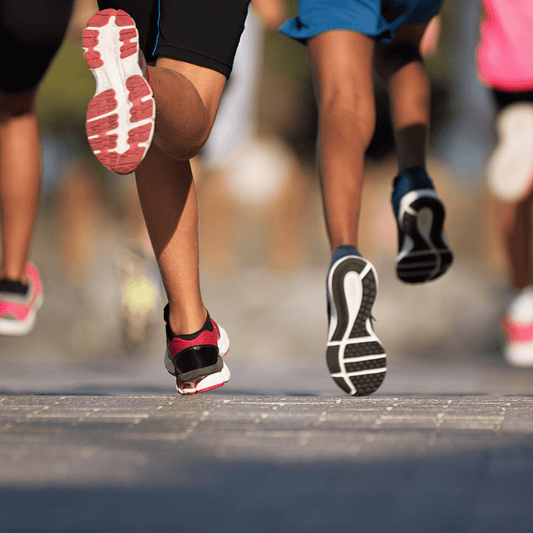But what on earth is it?
To cut a long story short, AI in the broadest sense, is intelligence exhibited or simulated by machines that enables computers mostly to learn, read, write, create, predict, and analyse in similar ways to humans.
But there is a lot of disputes right now as to whether the technologies available now are ‘true’ AI. After all, if AI was a digital version of the human brain aka ‘general’ artificial intelligence, they would need to be able to empathise and react like we do and to do so autonomously and without prompt…which right now, they do not and cannot…phew!
Instead, it is probably more accurate to say that AI today is fundamentally ‘narrow’ artificial intelligence or machine learning, using algorithms trained on data sets to create models that allow computer systems to perform tasks which up to this point only humans could do.
In day-to-day life, these are often deployed to perform tasks like recommending songs and movies, crafting the most efficient route to travel to a destination, translating text from one language to another, and editing your photos and videos in a flash (get it).
How can AI be applied to sport and other industries?
Without realising, AI is becoming more and more integrated into our daily lives. The finance, health care, and aviation industries already deploy AI tools to enhance the work of specialists in each of these areas; helping them to better detect fraud, improve the accuracy and speed of analysing scans and surgeries to better diagnose and treat patients, and automate flight systems and navigation to improve the travel experience respectively.
But what about sport?
AI’s ability to process so called ‘big data’ for both generative and predictive purposes open a realm of opportunities in sports, from data collection, analysis, to predictive tools designed to spot areas of improvement in athlete technique or performance benchmarks and results and even biomechanics and biometrics too.
Even the best educated scientists wouldn’t be able to keep up with the speed and precision of AI’s data analytics and predictions, but it is still important to recognise that they cannot do so autonomously or without prompt… I can hear the sigh of relief from athletes, coaches, and sports professionals from here!
How is it already being applied in sports?
Two things… Analysis and Prediction. AI can be trained to analyse a variety of different data sets, including images and videos, as well as biometric and biomechanical data to provide fast and vast understanding of what is happening or what has already happened during a sport, whether that be training or competitions.
As for prediction, AI can be trained again to understand a vast array of performance data, and perhaps other more colourful data such as environment to make predictions about athlete or team performance, or even financial value and return on investment too. In some cases, doing what the Oakland A’s took years to perfect, in just a matter of seconds.
If you don’t get the reference, watch ‘Moneyball’ as soon as possible! Highly recommended.
Does AI replace the coach?
A slightly loaded and misleading question, to which the answer, luckily is no. But the question we really should be asking is “Which coaches will be replaced by other coaches who utilise AI technology?” This question is a far more accurate predictor of the impact that AI technology will have on the sports coaching industry.
I’ll use a real-world example. Coaching in endurance sports has been dominated by legacy training platforms and coaching methodologies and the introduction of AI has already started to shake things up.
Already there are some so called AI platforms out there that are just computer automated versions of traditional training methodology and prescription. These offer no real benefit over and above cheap and cheerful PDF ‘cookie cutter’ training plans and are often used by low price point 1:1 coaches and large and well-established coaching businesses who are unable to pivot so quickly to industry or technology change.
Unfortunately, both groups are most at risk of being replaced by direct-to-athlete AI services or at the very least, by other coaches utilising AI tools. This is largely because greater value and emphasis is placed on the indispensable value of that 1:1 coach now that the technical aspects are taken care of far more competently than any human can do.
Not all AI is made the same.
So, I have mentioned these so-called AI platforms, as it’s important to note that not all AI platforms are made equal. Any AI platform is reliant on quality machine learning models, informed and driven by quality data input and understanding. Garbage in = Garbage out is a very accurate analogy here.
There’s no right or wrong answer when it comes to AI in sports; AI is still in its infancy and as new technology and strategy develops, so too will the application of it and that can only be exciting. Even we utilise AI tools to enhance the speed and quality of some of the work we do here at U Perform. But don’t worry, every word of this article was written by hand, by a real human – we’re not entirely obsolete just yet.





